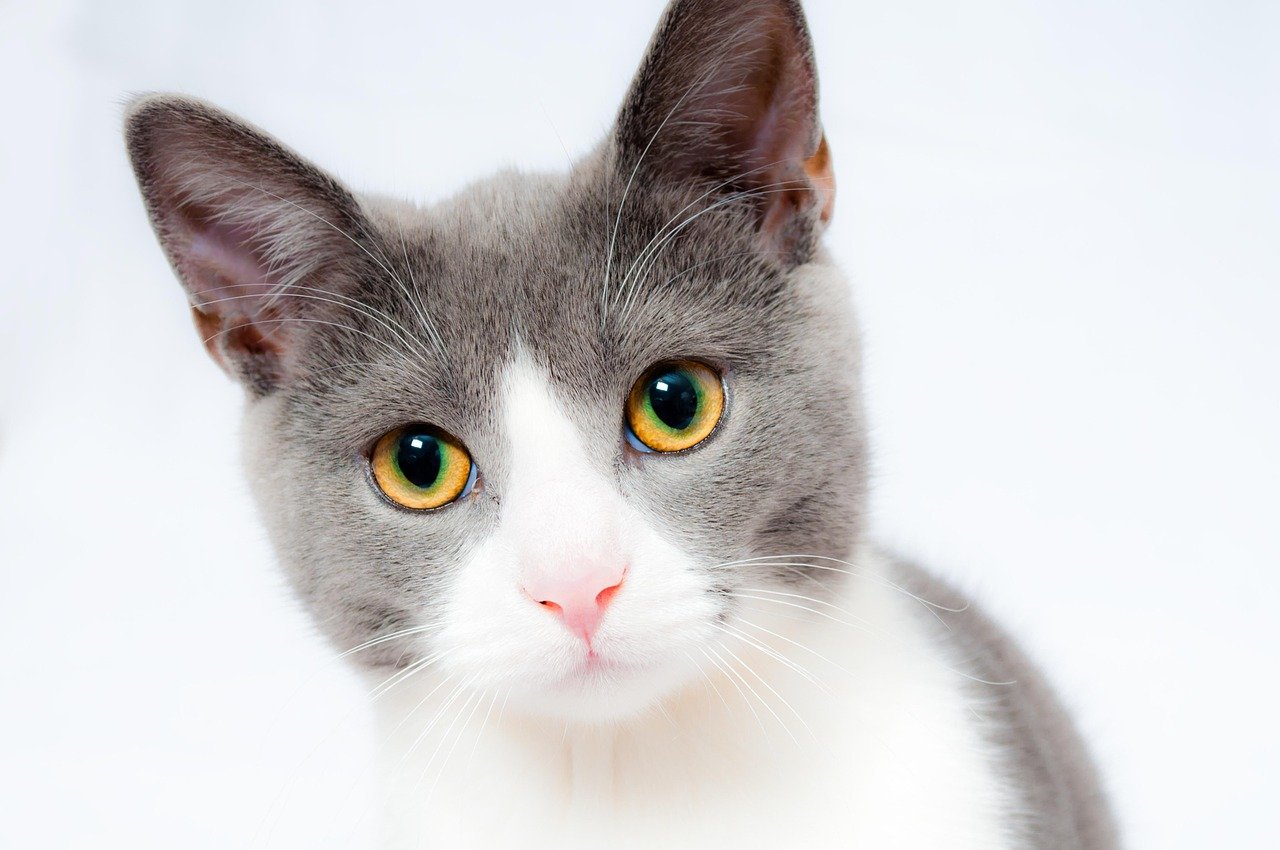Cats, the enigmatic companions we adore, are creatures of habit and can be surprisingly sensitive. Understanding their stressors is crucial for their well-being. Just like humans, cats can experience a myriad of emotions, and stress is a significant one. Recognizing and mitigating these stress triggers ensures a happier and healthier feline friend.
Recognizing Behavioral Changes
Cats often exhibit subtle signs when they’re stressed. Observing changes in their behavior is the first step in identifying stress triggers. Cats might become more reclusive, hiding in unusual places for extended periods, or they might become more vocal, meowing excessively. These are not just quirky behaviors but potential cries for help. Increased aggression or changes in litter box habits can also indicate stress. By recognizing these behavioral shifts, you can begin to investigate what might be causing your feline friend distress.
Environmental Factors
The environment plays a pivotal role in a cat’s emotional health. Loud noises, sudden changes in the household, or even a new piece of furniture can unsettle them. Cats are territorial creatures, and an alteration in their familiar surroundings can be disorienting. Think of it as someone rearranging your entire house without your consent. Ensuring that your cat has a safe and quiet space to retreat to can help alleviate some of this environmental stress. Keeping household changes gradual and predictable can also minimize stress.
Social Interactions
Cats are social animals, albeit in their unique way. The introduction of a new pet or even a new human can be a significant stressor. Cats might feel threatened or displaced, leading to anxiety. Imagine having a new roommate move in without any warning; it’s unsettling. Monitoring your cat’s interactions with new family members and ensuring they have a space to retreat to can help. Gradual introductions and positive reinforcement can ease the transition.
Health and Physical Well-being

A cat’s health is intrinsically linked to their stress levels. Physical ailments can cause stress, and vice versa. Regular vet check-ups are essential to rule out any underlying health issues that might be causing stress. Pain or discomfort can lead to behavioral changes, often mistaken for stress-related behaviors. Keeping your cat healthy with a balanced diet and regular exercise can also prevent stress. Remember, a healthy cat is a happy cat.
Routine and Consistency
Cats thrive on routine. A consistent daily schedule provides them with a sense of security. Feeding times, play sessions, and even cuddles should follow a predictable routine. Imagine having your daily schedule disrupted; it’s disconcerting, isn’t it? The same applies to cats. Any changes in their routine, like feeding times, should be introduced gradually. This predictability helps in reducing anxiety and stress.
Enrichment and Stimulation
Mental stimulation is vital for a cat’s well-being. Boredom can lead to stress, so providing plenty of enrichment is crucial. Interactive toys, puzzle feeders, and scratching posts can keep your cat engaged and mentally stimulated. Think of it as giving a child a new toy; it keeps them occupied and content. Regular playtime also strengthens the bond between you and your cat, reducing feelings of neglect or loneliness.
Recognizing and Reducing Stress Triggers
Identifying specific stress triggers is crucial in managing your cat’s stress levels. This might mean paying close attention to when and where your cat exhibits stress-related behavior. Is it during loud parties? Or perhaps when the vacuum cleaner is on? Once identified, these triggers can be minimized or avoided. It’s like avoiding rush hour traffic if it stresses you out; you find alternative routes. By being proactive, you can create a more harmonious environment for your cat.
Understanding and addressing stress triggers in cats can significantly enhance their quality of life. By being observant and proactive, cat owners can ensure their feline companions lead a stress-free and fulfilling life.

Linnea is a born and bred Swede but spends as much time as possible in Cape Town, South Africa. This is mainly due to Cape Town’s extraordinary scenery, wildlife, and atmosphere (in other words, because Cape Town is heaven on earth.) That being said, Sweden’s majestic forests forever hold a special place in her heart. Linnea spends as much time as she can close to the ocean collecting sea shells or in the park admiring puppies.






